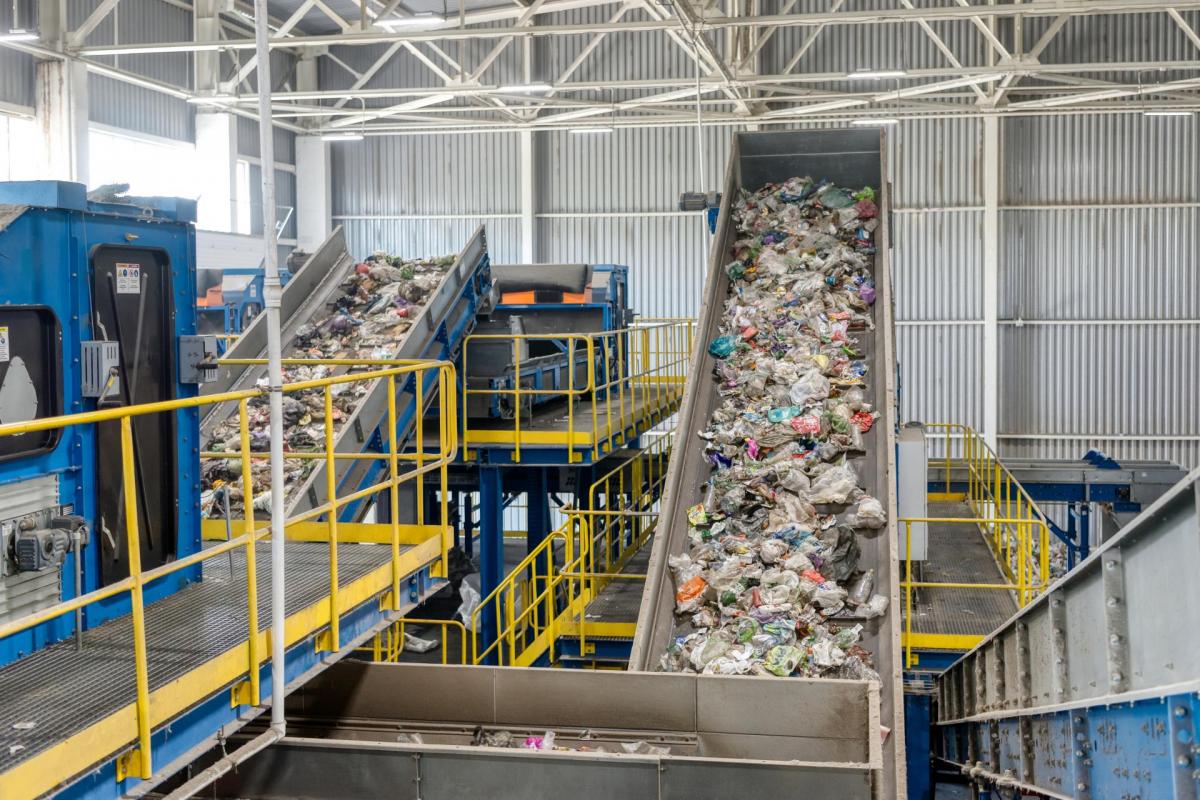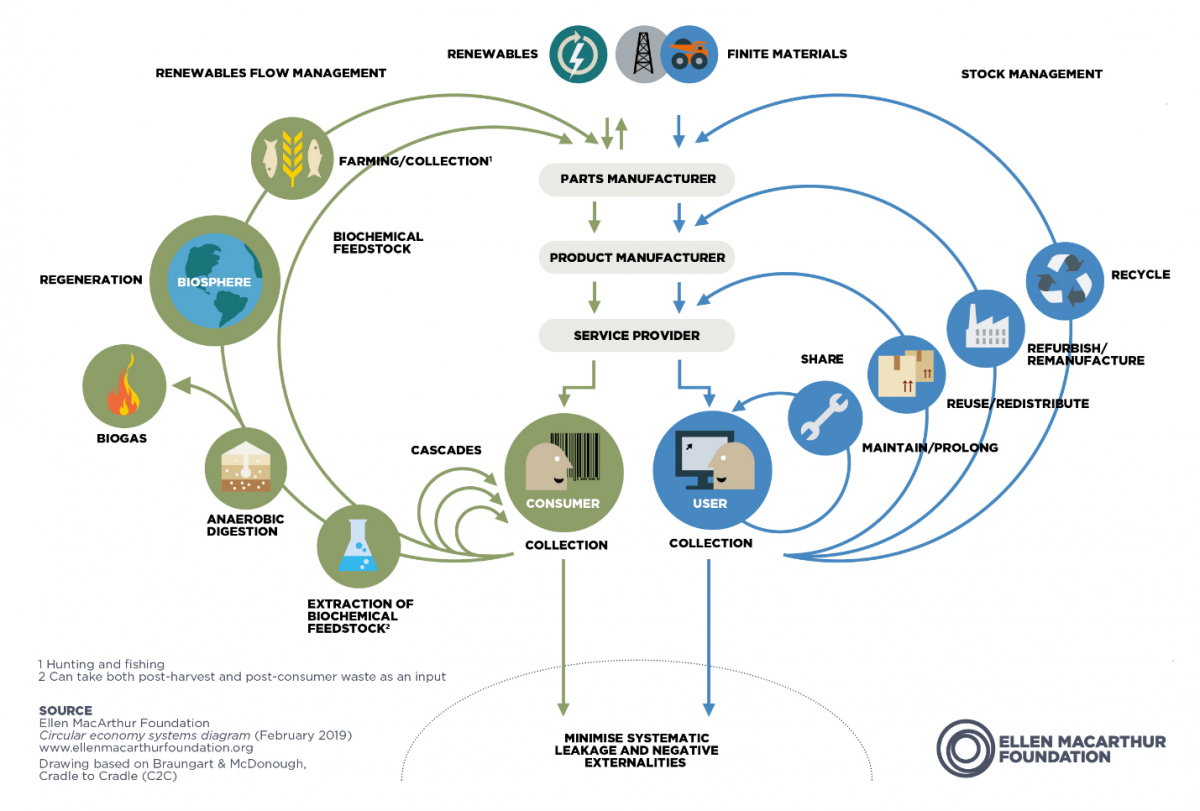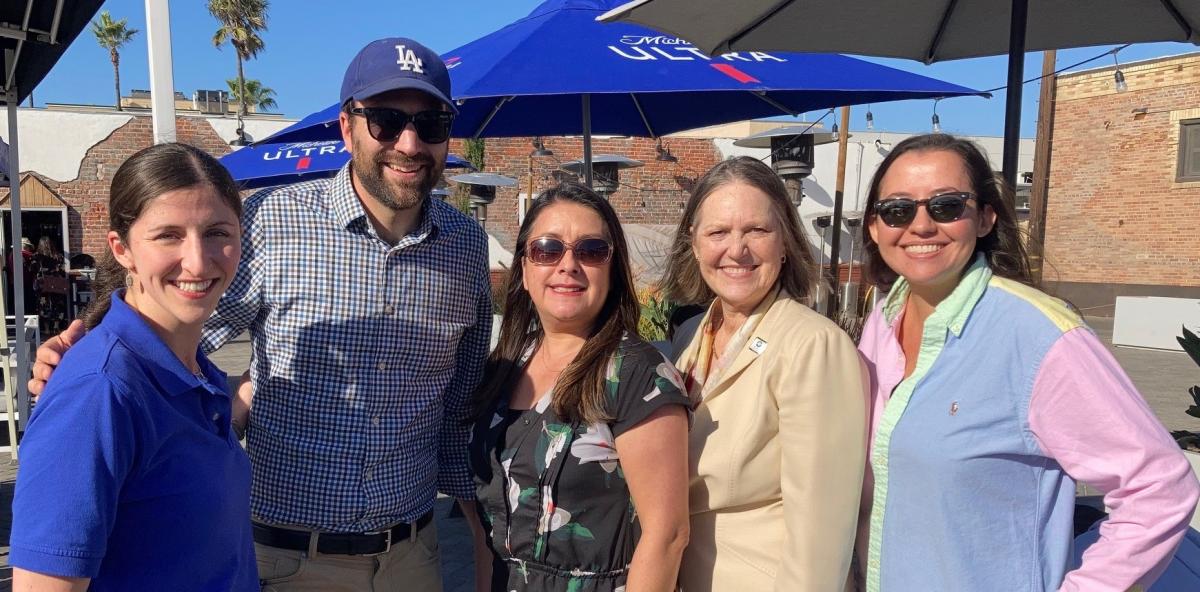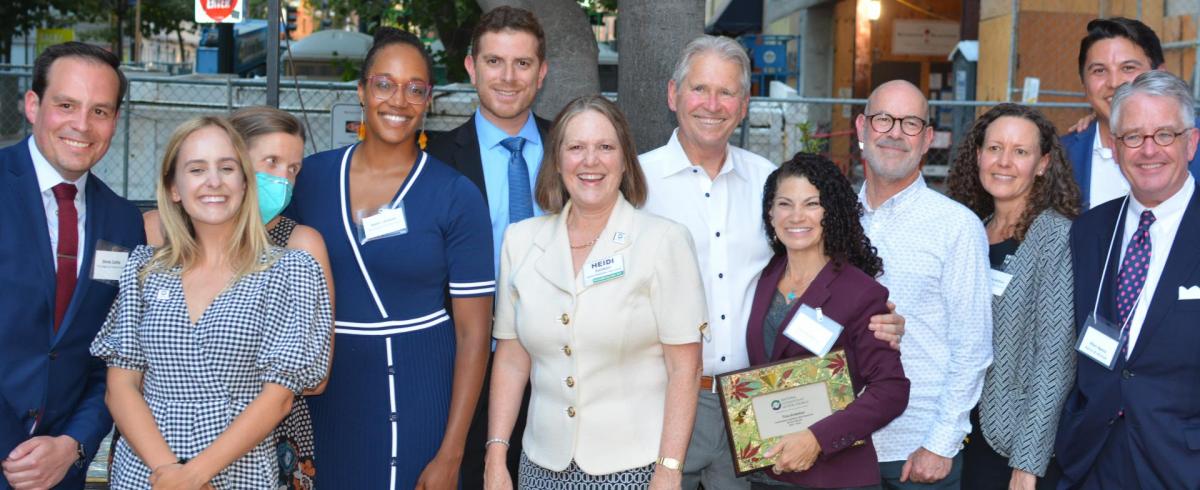California’s packaging producer responsibility law is a game-changer for cities
Heidi Sanborn is the founding executive director of the National Stewardship Action Council (NSAC). Tim Goncharoff is an NSAC board member and Jordan Wells is the NSAC director of advocacy and communications. They can be reached at (916) 217-1109.
California has long been a pioneer in environmental protection. The state’s original recycling programs were among the first in the nation and recycling rates were impressive. However, our diversion rate has fallen from a peak of 66% to 40% as of 2021 — significantly short of the 2020 statewide goal of 75%.
In recent years, the state has responded by passing laws aimed at making California a circular economy. The most familiar one for cities is SB 1383, which removes organic waste from the waste stream to protect the climate at a significant cost for local governments and ratepayers.
A new law passed last year will result in equally large changes to the state’s waste and recycling system by phasing out single-use packaging and food ware. But this time, local governments will not bear the costs.
What is a circular economy and how will it benefit cities?
According to the Ellen McArthur Foundation, a circular economy must pass a three-part test. It must eliminate waste and pollution at the source, keep materials in motion, and regenerate natural systems. A key policy lever used to create circular economies is what’s called extended producer responsibility (EPR). That’s when the producers of products must design, fund, and orchestrate the collection system, thereby helping to fund local recycling programs run by cities.
EPR laws ensure that the producers — who determine which materials are used and how products are designed —make their products durable, reusable/refillable/repairable, recyclable, and can encourage the use of recycled content. EPR policies have been in place in Europe and Canada for over three decades and have since expanded to nearly every continent.
The concept is slowly catching on in the U.S., with states like California leading the way. The National Stewardship Action Council (NSAC) and other stakeholders have helped pass and implement laws requiring producers to handle their problematic product waste, including mercury thermostats, agricultural pesticide containers, carpets, mattresses, paint, pharmaceuticals, medical sharps, batteries, and packaging.
NSAC was a co-sponsor of SB 343 (Allen, 2021), which prevents false recycling claims on labels, and supported AB 1201 (Ting, 2021) that set standards for labeling products “compostable.” It’s impossible to reduce cost and contamination if consumers are being lied to on product labels.
A landmark single-use plastics law
The state’s new single-use plastic law, SB 54 (Allen, 2022), is in part an outgrowth of the successful Statewide Commission on Recycling Markets and Curbside Recycling. The Commission included representatives from public agencies, including the cities of Millbrae, Indio, and Chula Vista, as well as private solid waste enterprises and related environmental organizations. The Commission was tasked with finding consensus and providing policy recommendations to the Legislature.
The Commission had just two years to make recommendations — an ambitious schedule that illustrated the urgency to recycle and compost more without increasing costs to local governments. It was clear from several studies that packaging was a key problem.
To address single-use plastics and packaging, Sen. Ben Allen introduced a packaging bill in 2018. The original version of the bill did not pass, so Allen convened a more select group of stakeholders in 2021 to draft a new version. It is the most stringent plastic reduction rule in the U.S. and the only comprehensive circular economy policy in the nation and maybe the world. The new law:
- Requires a 25% decrease in single-use plastic waste by weight and unit by 2032.
- Requires the plastics recycling rate to reach 30% by 2028, 40% by 2030, and 65% by 2032 — a huge improvement over the current 5% rate.
- Requires all packaging to be recyclable or compostable by 2032.
- Establishes a producer responsibility organization to run a collection and recycling program.
- Provides $5 billion in funds, paid by producers, to support impacted communities and restore ecosystems, mostly in low-income and disadvantaged communities.
Projected impacts include:
- Eliminating 23 million tons of plastic pollution by 2032.
- Inspiring innovation to create new recyclable/compostable/reusable materials and forms of packaging.
- Shifting the cost of waste collection and recycling to producers, rather than cities and taxpayers.
- Giving CalRecycle the authority to increase the plastic reduction requirements if the amount of plastic in the waste stream grows.
Gov. Newsom put his full weight behind the measure. “Our kids deserve a future free of plastic waste and all its dangerous impacts, everything from clogging our oceans to killing animals — contaminating the air we breathe, the water we drink, and the food we eat,” Newsom said in a press release. “No more. … California won’t tolerate plastic waste that’s filling our waterways and making it harder to breathe. We’re holding polluters responsible and cutting plastics at the source.”
What the SB 54 implementation process means for cities
The state now has two years to develop the initial SB 54 regulations. As part of this, NSAC facilitates an Implementation Working Group with over 130 stakeholders. The group meets monthly to have thoughtful conversations outside the regulatory forum. NSAC is one of the five environmental groups that negotiated the bill’s final language, so its staff have a robust knowledge of both the statute and the law’s intent.
Participating stakeholders include local governments, waste haulers and recyclers, producers, nongovernmental organizations, and consultants. The group is open to new members, including city officials.
“Participating in NSAC’s implementation working group helps to ensure that the voice and needs of local government are integrated into rulemaking discussions, while significantly increasing our exposure to other packaging stakeholders including the innovators bringing new products to market, said Timothy Burroughs, the executive director of Alameda StopWaste.
NSAC provides participants with notes from CalRecycle’s SB 54 meetings and facilitates monthly Zoom meetings with all working group participants — including five subcommittees — and sends out regular updates and announcements to the working group.
By passing SB 54, California is leading the way to an equitable, circular economy. “With the economic effects of the COVID-19 pandemic and record-high inflation, cities asked the state to help fund some of these efforts [referring to recycling] to stave off the larger rate increases needed to create these new systems,” said Derek Dolfie, a former lobbyist for the League of California Cities, to Waste360 magazine.
Achieving a circular economy
While California leads the nation in environmental policies, it took many years to get to this point. It took 15 years for EPR to become widely accepted. A paradigm shift occurred after NSAC partnered with the California Foundation for the Environment and the Economy to give legislators a first-hand look at what the state’s waste and recycling system could look like. This partnership has resulted in numerous laws that model the policies and programs seen firsthand on those trips.
To achieve an equitable, circular economy, we must look upstream and reduce waste and pollution at the source. However, EPR may not be the solution for every product: Some products are so toxic and unnecessary that they should be banned outright, much like how the NSAC-sponsored AB 2208 (Kalra, 2022) is phasing out the sale of mercury-containing fluorescent lighting. This will prevent toxic mercury from ever entering the market in the first place.
Working hand in hand with the League of California Cities, we can save local and state governments money previously spent managing hard-to-handle, sometimes toxic, and always expensive materials. It is always better to be at the table, not on the menu. These partnerships are necessary if we want to save local government resources and put responsibility where it should be — on the producers who design and market products.




